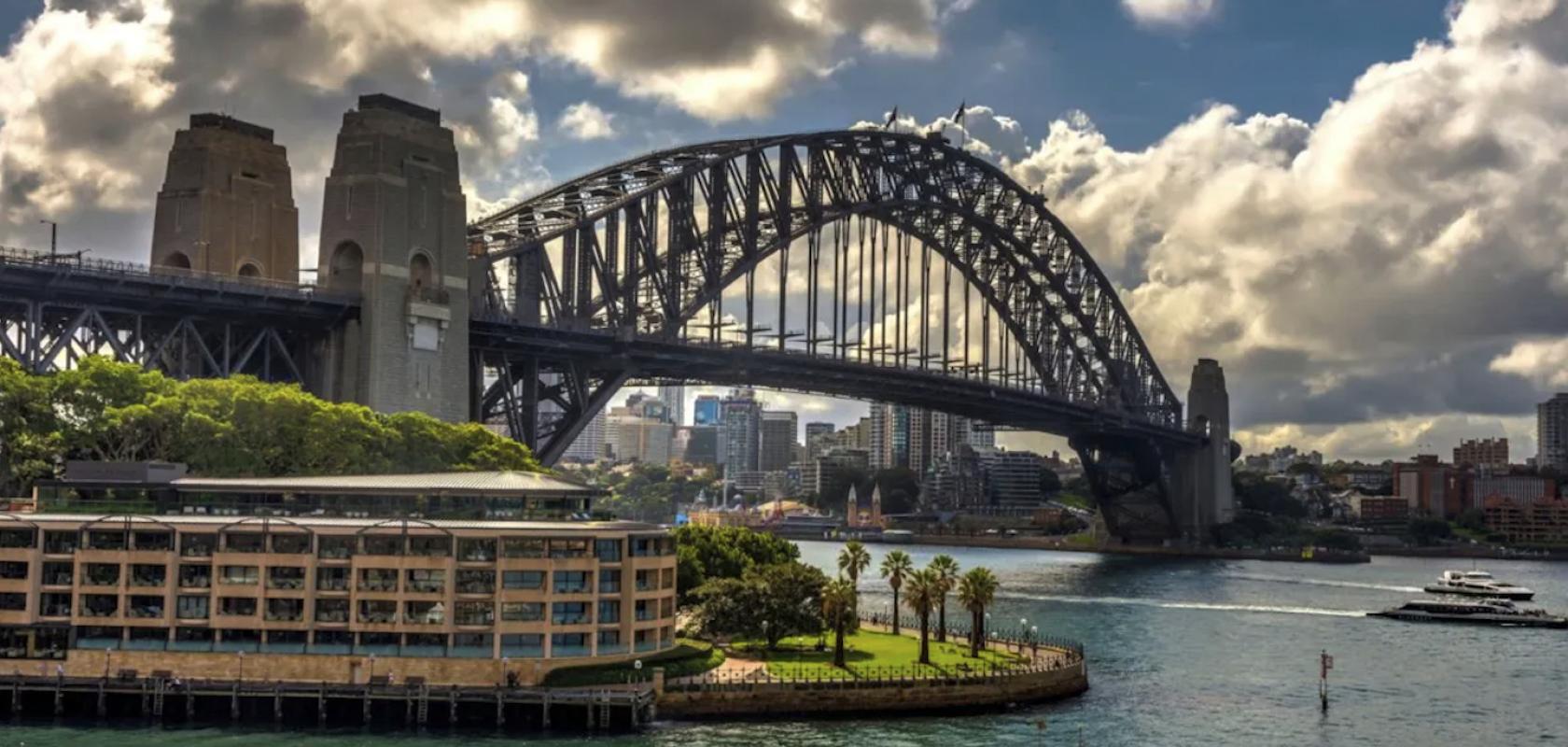Conservation work is due to start on the 92-year-old steel icon of the Australian skyline. Using ultrashort laser pulses, the Sydney Harbour Bridge will receive a comprehensive restoration of its hardest-to-reach areas.
Conservation work on the Sydney Harbour Bridge currently involves sandblasting dirt, corrosion, erosion and the existing degraded paint from its aged metal and stone surfaces, before applying new paint to the bridge’s structure. However, there are more than seven kilometres of confined tunnels that remain inaccessible to humans, and where the sandblasting process is not possible.
“A mammoth effort is required to look after the bridge, a large part of which is cleaning the paint and stone and replacing aged and damaged paint. The arch interior has not been maintained since the bridge was built over 90 years ago, and is in major need of restoration,” said professor Andrei Rode, a physicist from the Australian National University (ANU) Research School of Physics and part of a group tasked with developing a cleaning method that uses ultrafast lasers to solve the problem.
Powerful cleaning with ultrashort pulse lasers
Where using continuous wave and nanosecond pulsed lasers to clean surfaces raises their temperature to a level that often melts the steel surface, the new cleaning process uses powerful ultrashort pulse lasers in the femtosecond range, instead. The process quickly removes thick layers of deteriorating paintwork, but the pulse lasers are so short – a million times shorter than nanosecond pulses – that there’s no time for heat waves to propagate the steel.
“[The process applies] about the same output as an entire power station, in less than one-thousandth of a billionth of a second,” says professor Stephen Madden, another physicist from ANU and member of the group. In fact, the lasers are so quick that the energy instantly evaporates the surface layer of dirt or old paint, leaving only the underlying metal structure.
Keeping engineering intact
“When you’re up there, you stop looking at the view,” says Madden, “you really start to appreciate the engineering in the bridge and the historical connection to the engineers of the past. We’re the caretakers who get to carry it forward for the next generations to marvel at.”
Although the Sydney Harbour Bridge is certainly an iconic part of Sydney’s, and the whole of Australia’s, image, the laser-cleaning technique developed is by no means as unique. “The new technique has applications that go far beyond industrial processes,” says Rode.
Continuous maintenance is required for over 270,000 steel bridges across Europe, Japan and the US, but the new approach to conservation and restoration can be applied to multiple other sectors including aerospace, automotive and marine industries. With the global abrasive blasting market worth $11bn, large-scale laser-cleaning services could revolutionise global infrastructure maintenance.


